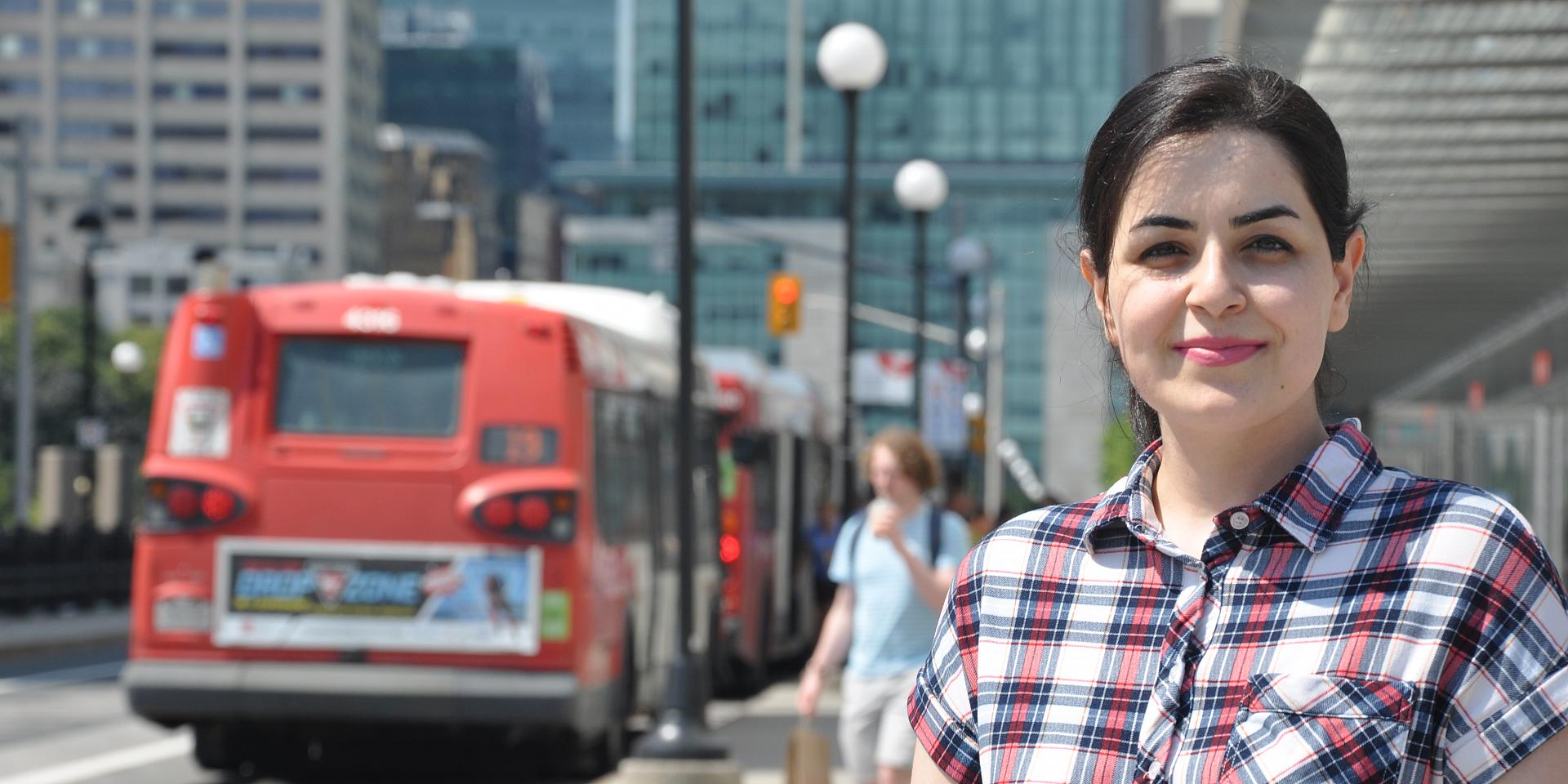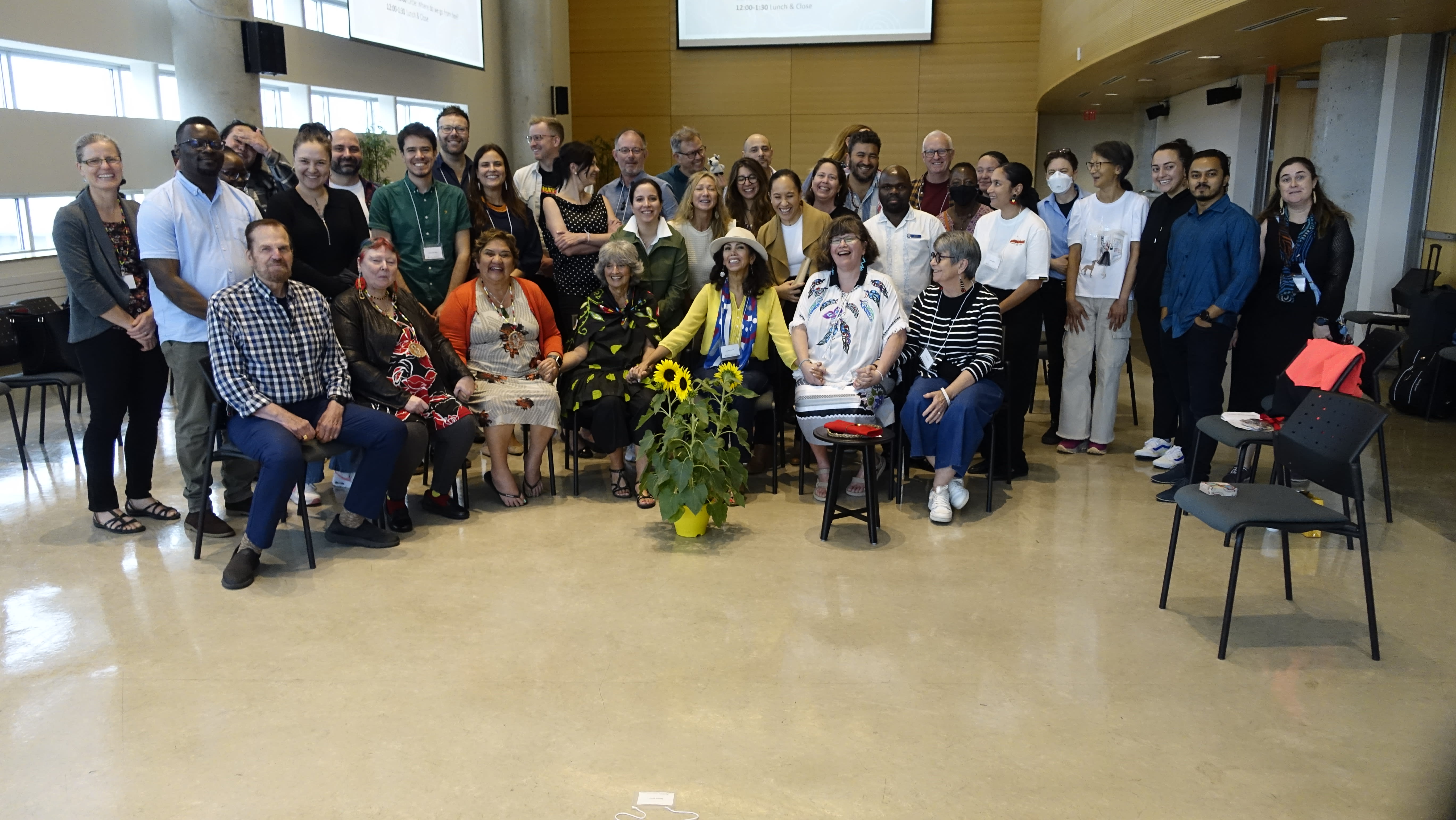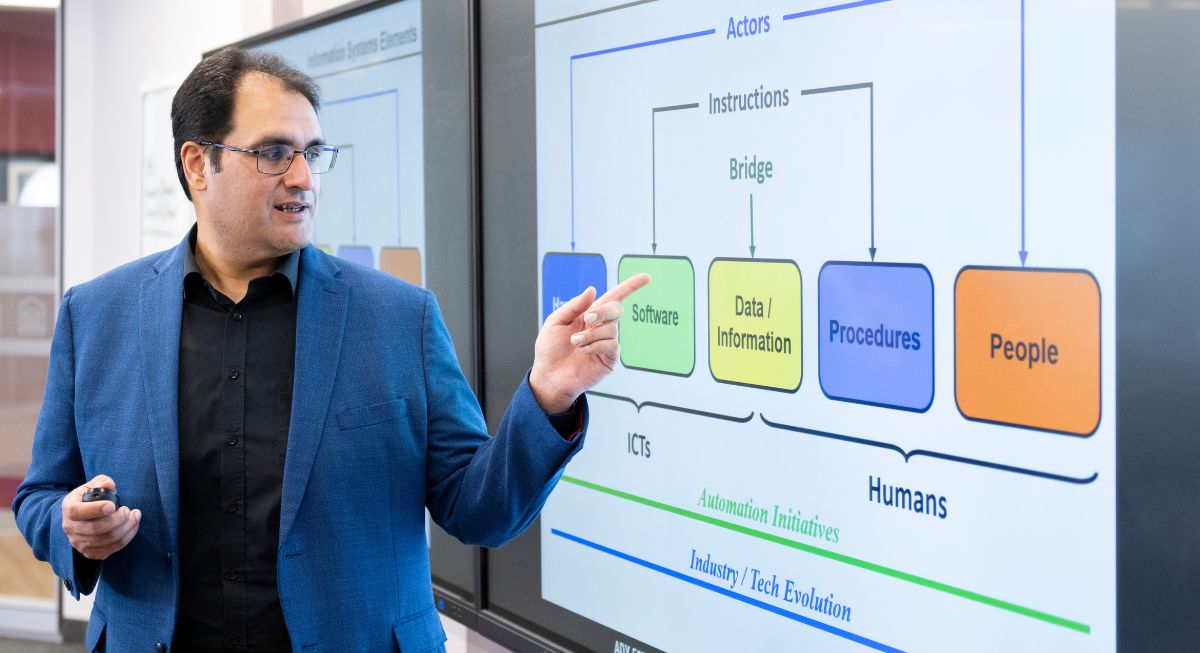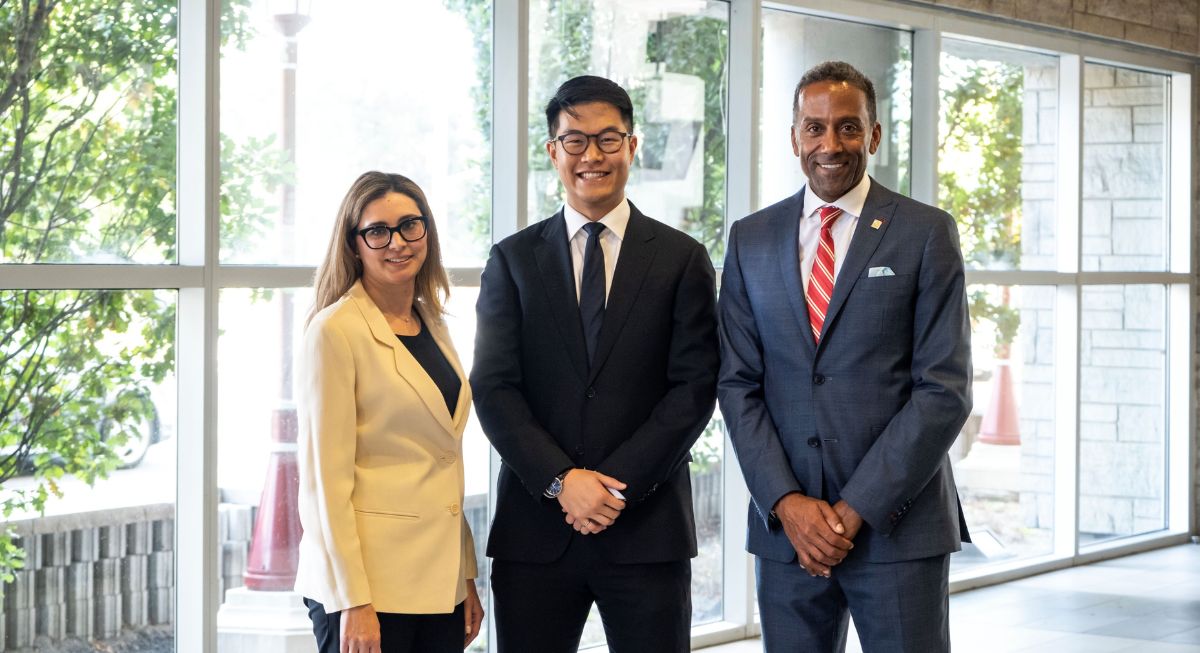Public transport is a cost-efficient choice for many daily users who need to commute to work or school. Only in the city of Ottawa, over 870,000 people used public transit at least once in 2016 according to an OC Transpo report.
However, public transit is not always a reliable mode of transportation. A recent OC Transpo schedule adherence report shows that the rapid, frequent, and local routes were on schedule between 25% and 89% of the time during peak hours from January to June last year. This fluctuation may be the result of road accidents, poor weather conditions, or any unpredictable situations that can suddenly affect passengers’ demand and the frequency of buses serving a given route.
These changes can inevitably affect the bus service any time. The lack of a scheduling system that quickly adjusts to the changing demands and frequency of public transit can be frustrating especially for those who regularly depend on it to return home after a long, tiring day.
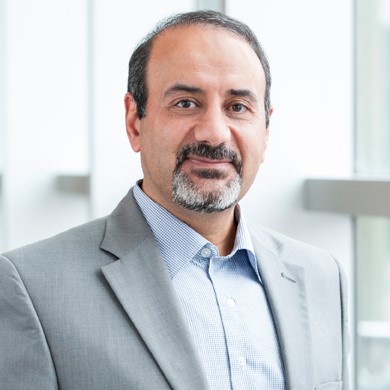
Using the power of big data and analytics, Telfer School of Management Professor Bijan Raahemi has partnered with SMATS Traffic Solutions to help public transit companies dynamically adjust their scheduling system and ultimately reduce passenger wait times. His research is also giving Shahrzad Jalali, a student in the Masters of Electronic Business Technologies program, the opportunity to learn new skills and to conduct research that matters.
We interviewed Professor Raahemi and his student to find out more about this research project.
How can your research help public transit companies like OC Transpo overcome these scheduling problems?
Professor Raahemi: Our team wanted to learn more about bus ridership patterns to address the unexpected changes that affect the bus schedules. For that purpose, we are working with SMATS Traffic Solutions. The sensors they have built can gather data on the number of passengers embarking and leaving the bus in the duration of the trip by anonymously detecting the signal of their mobile phones. The challenge is that we are talking about a significant amount of data dynamically changing and mixed with lots of noises, but we are able to address these challenges by using advanced data mining methods.
Shahrzad: The patterns that we are building will be used to more accurately update the bus scheduling system even if something unexpected happens. For example, let’s suppose a road accident creates substantial delays in a bus route during peak hours. The next incoming bus to serve passengers on that route will be behind schedule and will not have enough capacity to take all waiting passengers. Our research on ridership patterns should help public transit companies decide if, how many, and where additional buses are still needed on a particular bus route allowing them to dynamically adjust the bus service in order to meet changing demands.
Who gains?
Professor Raahemi: All of us gain. Public transit companies gain because, if they improve their scheduling, they will be able to allocate their resources more efficiently and improve customer experience and satisfaction. By doing so, these companies will also increase ridership and ultimately their bottom line.
Shahrzad: More importantly, public transit users gain. These smart solutions can really make a difference in the lives of those who rely on public transit on a daily basis. As a student, I am very happy to be involved with SMATS Traffic Solutions team in the development of a technology with potential to help public transit companies address the bus schedule problems and provide better services to passengers.
How does this collaboration between university and the industry support young researchers?
Shahrzad: Using research to address a practical problem has given me the opportunity to gain invaluable learning and professional experiences. I believe that working on a collaborative and industry-backed project will give me an advantage after I graduate and start looking for employment opportunities.
What are the next stages of the project?
Shahrzad: Our project is still under development, but I am currently testing our algorithms and solutions using synthetic data. Once tested in the field, these algorithms will have the potential to help public transit companies to better meet their changing demand patterns.
